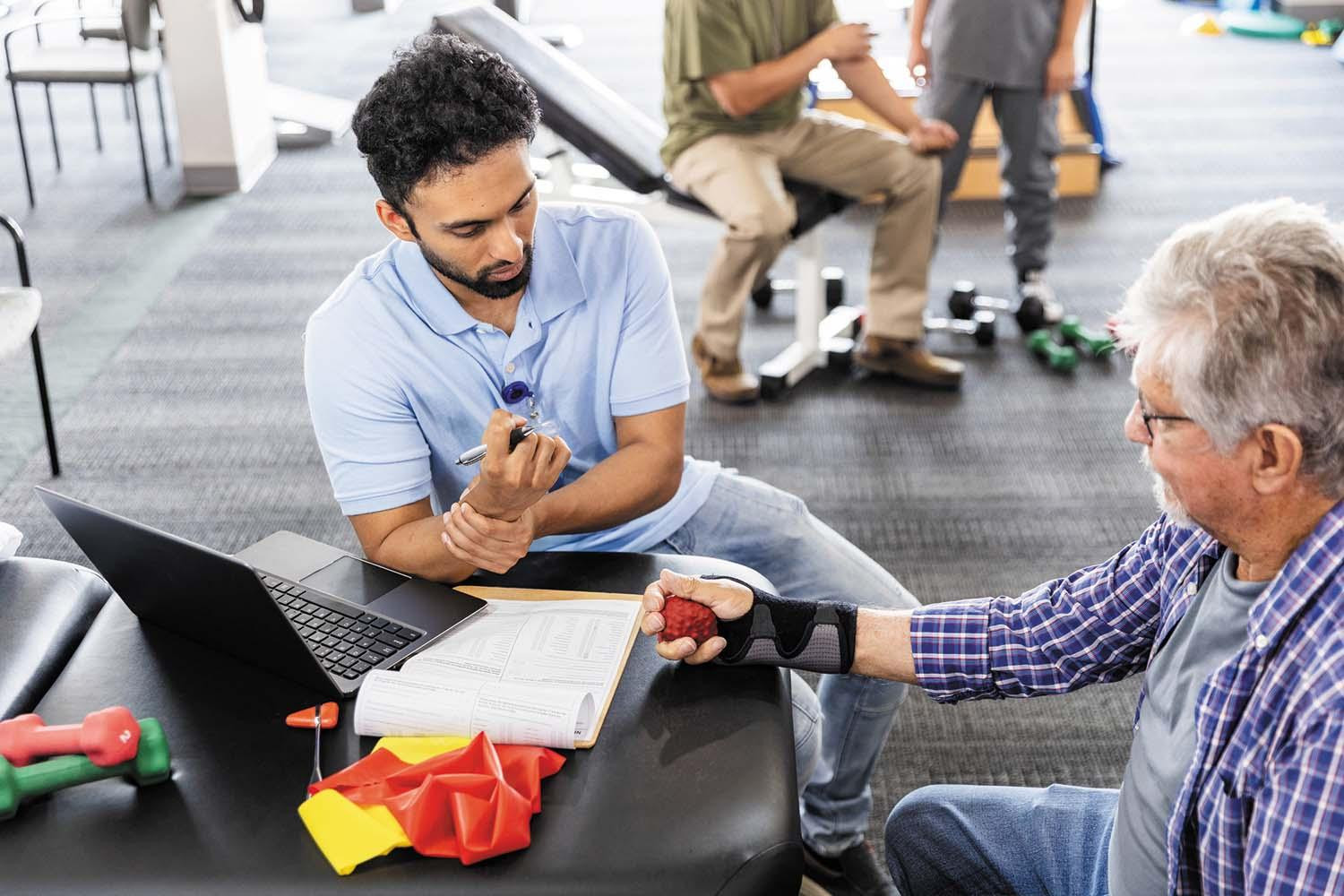
5 timeless habits for better health

What are the symptoms of prostate cancer?

Is your breakfast cereal healthy?

When pain signals an emergency: Symptoms you should never ignore

Does exercise give you energy?

Acupuncture for pain relief: How it works and what to expect

How to avoid jet lag: Tips for staying alert when you travel

Biofeedback therapy: How it works and how it can help relieve pain

Best vitamins and minerals for energy

Should you take probiotics with antibiotics?
Arthritis Archive
Articles
Lessons from women on longevity
Women live longer than men. However, that longevity gap in the United States has increased to 5.8 years, the largest gap since 1996, according to a 2024 study. Why the widening gap? Researchers believe that in many cases, women are better than men at addressing certain health needs that contribute to longer lives, such as losing excess weight, quitting smoking, getting regular skin check-ups, and not ignoring mental health issues.
What’s involved with hand therapy
Hand therapy is an effective way to overcome lost hand function due to injuries or underlying conditions. A course of therapy typically lasts for six weeks. It involves working with a certified hand therapist (CHT) who can develop and then guide someone through a tailored program of physical and functional exercises. CHTs also can make splints, offer emotional support, and help people learn to manage hand pain and swelling. It’s best to start hand therapy before an injured hand has healed completely.
Coping with heart disease and arthritis together
For people who have both heart disease and arthritis, two of the main treatments—exercise and medications—require careful planning and attention. Joint pain makes certain types of exercise difficult, and commonly used drugs for both conditions can have potentially serious interactions.
Decoding rheumatoid arthritis
Rheumatoid arthritis (RA) affects two to three times as many women as men. Scientists are uncovering RA's potential genetic and hormonal underpinnings, which point to potential reasons why women are more vulnerable. The newest treatments, called Janus kinase (JAK) inhibitors, resulted from research that has teased out delicate differences in immune system pathways. They block numerous proteins that ramp up inflammation fundamental to RA. The wide array of drug options now available for RA help doctors personalize therapies to each patient.
How winter affects chronic conditions
Certain strategies can help people avoid flare-ups of diseases that seem to be affected by cold weather. For example, people with psoriasis can ward off dry skin (which causes flare-ups) by taking short, lukewarm showers, using a humidifier at home, and moisturizing with cream-based emollients. People with asthma should try to do outdoor activities during warmer parts of the day, take a puff of a rescue inhaler before going out, and wear a mask when outdoors. And people with arthritis can exercise and try heat therapy.
Can a knee brace ease arthritis pain?
Braces help some people cope with the pain, swelling, and stiffness of knee osteoarthritis. Examples include a knee sleeve, a compressive or stretchy tube that provides warmth and might help reduce knee swelling; an unloader brace, a long frame that fits on top of the leg and helps reduce pain by redistributing pressure on the knee; and a patella tracking brace, which combines the approaches of both knee sleeves and unloader braces to reduce knee pain, swelling, and pressure at the kneecap (patella).
The point of knee shots
A growing number of people ages 60 and older suffer from knee osteoarthritis. If lifestyle strategies, such as weight loss, physical therapy, exercise, and oral or topical medications don't offer sufficient pain relief, people may benefit from either corticosteroid or hyaluronic acid injections. Injections can provide immediate pain relief, reduce inflammation, and increase mobility. However, they are a temporary treatment that won't cure knee osteoarthritis or change the course of the disease.
Trouble treating rheumatoid arthritis
Many people who develop rheumatoid arthritis later in life don't receive optimal medications to treat it, called disease-modifying antirheumatic drugs (DMARDs). Reasons for this include the high costs of DMARDs, concerns about drug side effects, coexisting conditions that complicate treatment, inaccessibility to health care, or perceived frailty that makes doctors nervous about prescribing DMARDs. People who feel they should be getting DMARDs (but aren't) should ask about ways to make such treatment feasible.

5 timeless habits for better health

What are the symptoms of prostate cancer?

Is your breakfast cereal healthy?

When pain signals an emergency: Symptoms you should never ignore

Does exercise give you energy?

Acupuncture for pain relief: How it works and what to expect

How to avoid jet lag: Tips for staying alert when you travel

Biofeedback therapy: How it works and how it can help relieve pain

Best vitamins and minerals for energy

Should you take probiotics with antibiotics?
Free Healthbeat Signup
Get the latest in health news delivered to your inbox!
Sign Up











